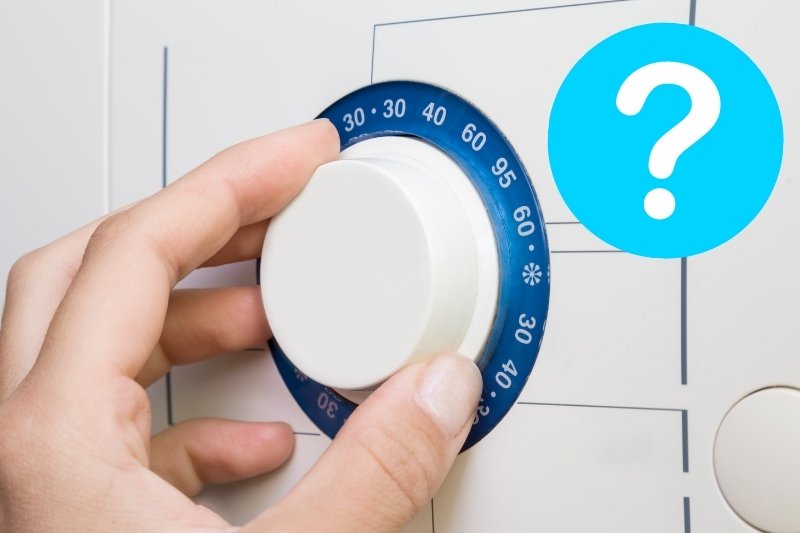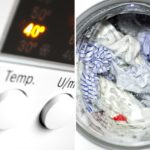In recent years, many people in the UK have begun to wash their clothes on a 30°C degree wash rather than at a hotter temperature as it is an easy way to save on energy and water while still ensuring that your clothes come out clean. But is this temperature actually ideal for washing clothes?
This really does vary depending on the types of clothes you are washing. Here is a list of the different types of clothes and what temperature is the most ideal for each item to be washed at.
1. 20°C wash
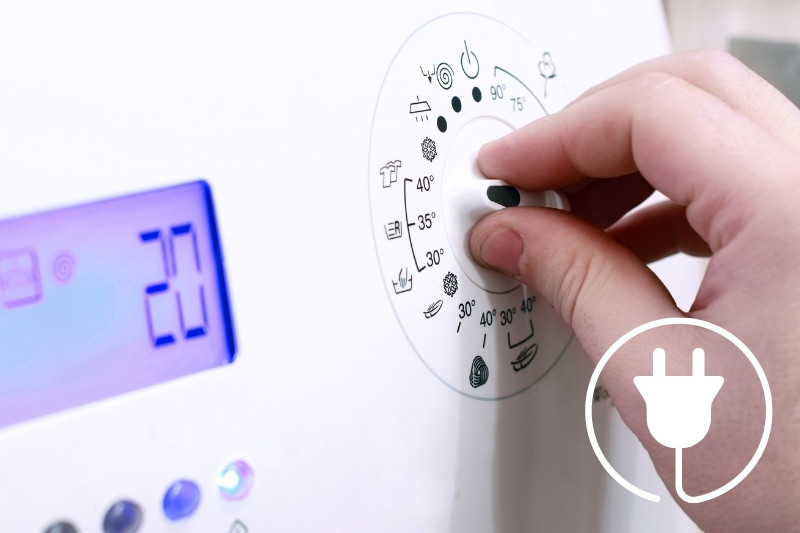
There is the option to run a 20°C on all washing machines in the UK. This cycle option was implemented in 2013 and was put in place as an energy-saving option as it can reduce running costs by an average amount of 62%.
The reduction in running costs is due to the fact that the machine doesn’t have to heat up the water. The downside to the cold cycle is that the clean will not be as effective. It is substantially less likely that germs will be eradicated on a cold wash.
2. 30°C wash

A 30°C wash can still save considerably in energy costs and is much more of an effective clean as well. This setting is ideal for clothes that have a chance of shrinking in hotter cycles. This includes wool, silks, dyed clothes or fabrics that have intricate patterns.
Many households have the 30°C cycle as their most trusted option. However, if you are going to consistently use a 30°C wash, it is key to also use a quality detergent alongside this wash to ensure that it is the most successful possible clean.
3. 40°C wash
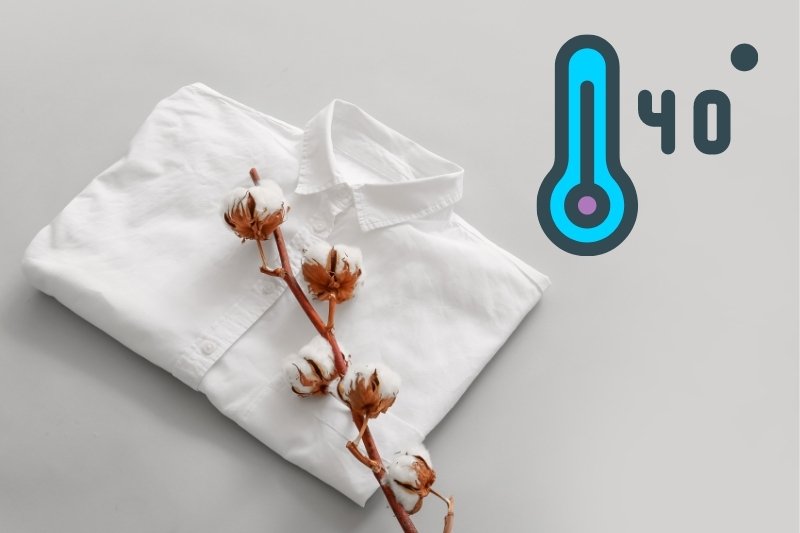
A 40°C wash cycle is the most commonly used cycle temperature in the UK. This is the best temperature to use when you’re trying to combat tougher stains.
Most clothing types, including cotton, linen, viscose, and acrylics are recommended to be washed in a 40°C cycle, and that is what it will say in the label on the inside of the garments. If you use a strong detergent alongside this wash temperature, it’s likely that most germs will be eliminated.
4. 60°C wash
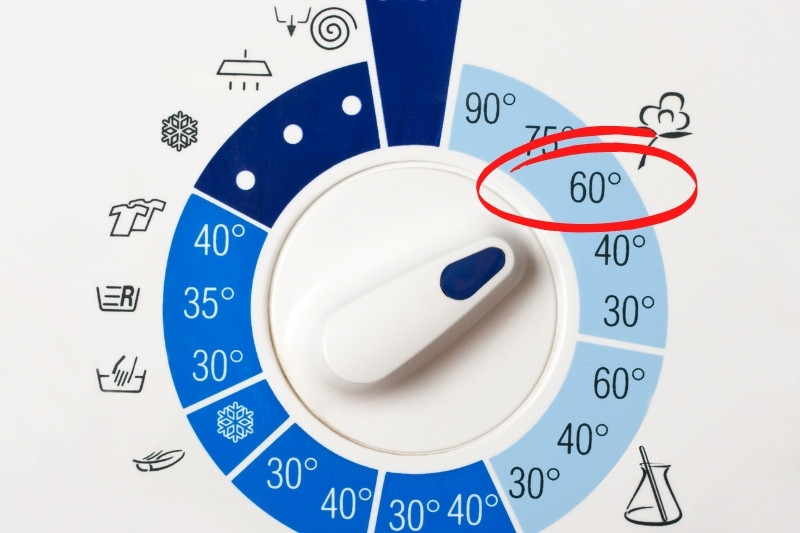
A 60°C wash cycle is the best temperature for killing bacteria, destroying viruses, and getting rid of those stubborn stains.
This hotter temperature is also recommended for garments that are more likely to contain bacteria, such as:
- Clothes soiled with faeces or vomit
- Clothes that have been worn during food preparation
- Sports clothes or clothes worn by farmers
- Clothes that were worn over a wound or infection
- Uniforms that have been worn by someone in healthcare
- Clothing, bedding, or towels used by someone who has been ill
It is still necessary to use a good detergent even at this temperature, as it is not guaranteed that all bacteria will be fully eradicated on this cycle.
Be sure to check the labels on your clothes to ensure that they are suitable for hotter temperatures before you add them to the load. Fabrics like cotton and wool may be risky to wash at this temperature as they are more prone to shrinking.
The biggest downside to running your machine on this cycle is that it will have a noticeably higher running cost and will use more energy. This may be necessary though if you need to be certain that germs and bacteria are being eliminated.
5. 90°C wash
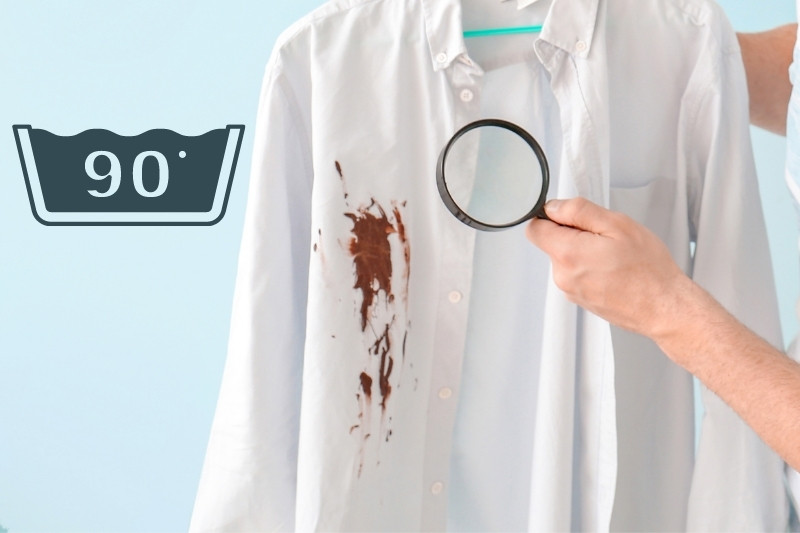
The 90°C wash cycle should not be used on a regular basis. This setting is designed for the task of brightening your white clothing; combatting particularly nasty stains, especially on cotton and linen; and destroying bacteria on items that have been badly soiled.
It is also the best temperature to deal with the worst types of stains, especially grease or butter stains.
This setting can be riskier with your clothing and is much more likely to cause your favourite items to shrink. It can also cause other types of damage, including causing the colours to fade. It is advisable to read the labels carefully on your garments before you run them on this cycle.
Conclusion
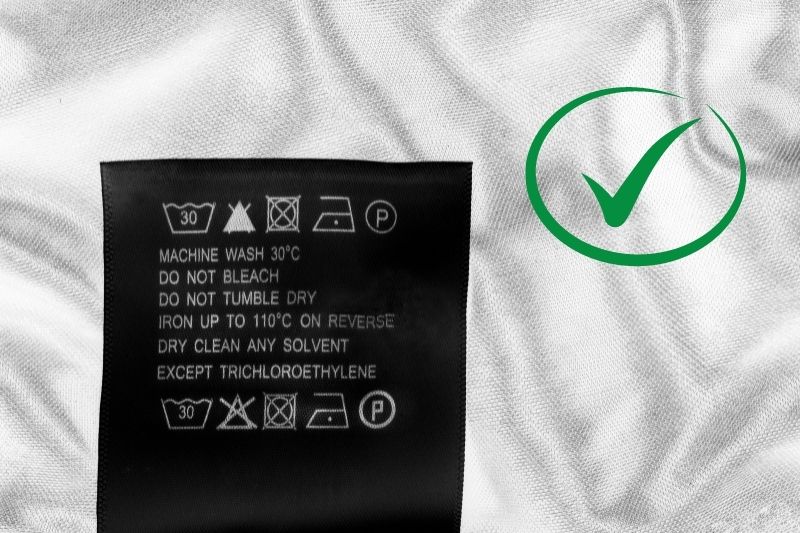
It is very important to check the temperature guidelines before you put your clothes through a wash cycle. Be sure to use the hottest possible temperatures when dealing with clothes that are likely to contain high levels of bacteria.
If you are sure that the clothes are not excessively dirty, then the best cycle to run your machine on would be the 30°C cycle as it will save on energy costs while still killing bacteria, as long as you also use a reliable detergent.

An adventurous book lover with an animal obsession and a proclivity for travel and spontaneity. Used to passionately despise cleaning but has grown to enjoy it thanks to learning all the best tricks and shortcuts to guaranteeing a stress-free routine and a spotless home.
